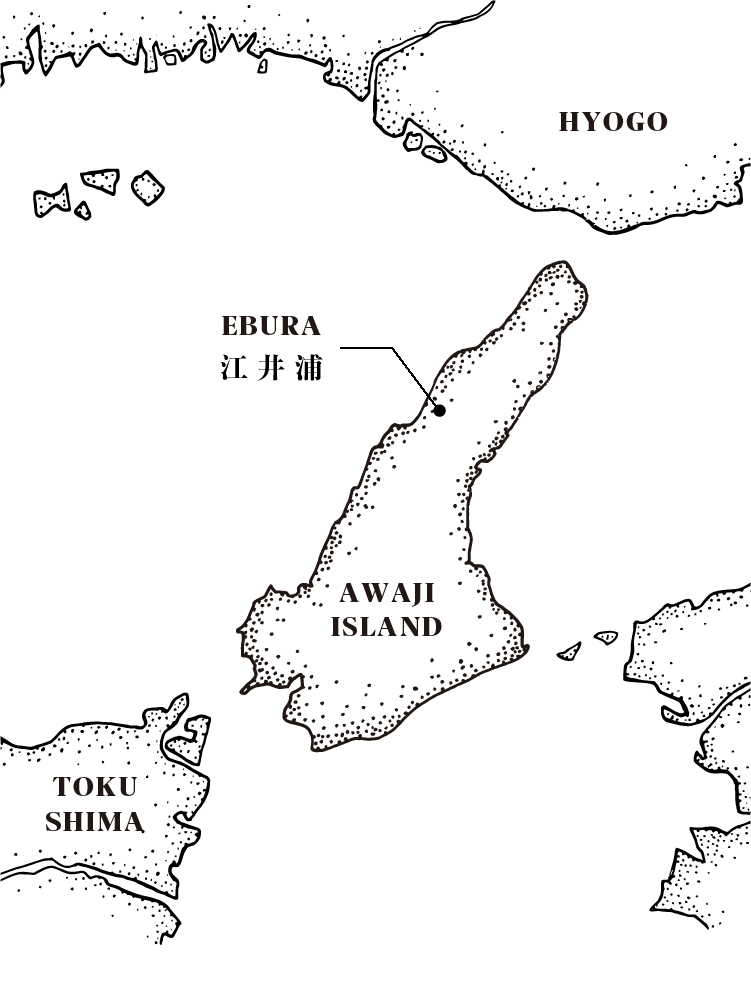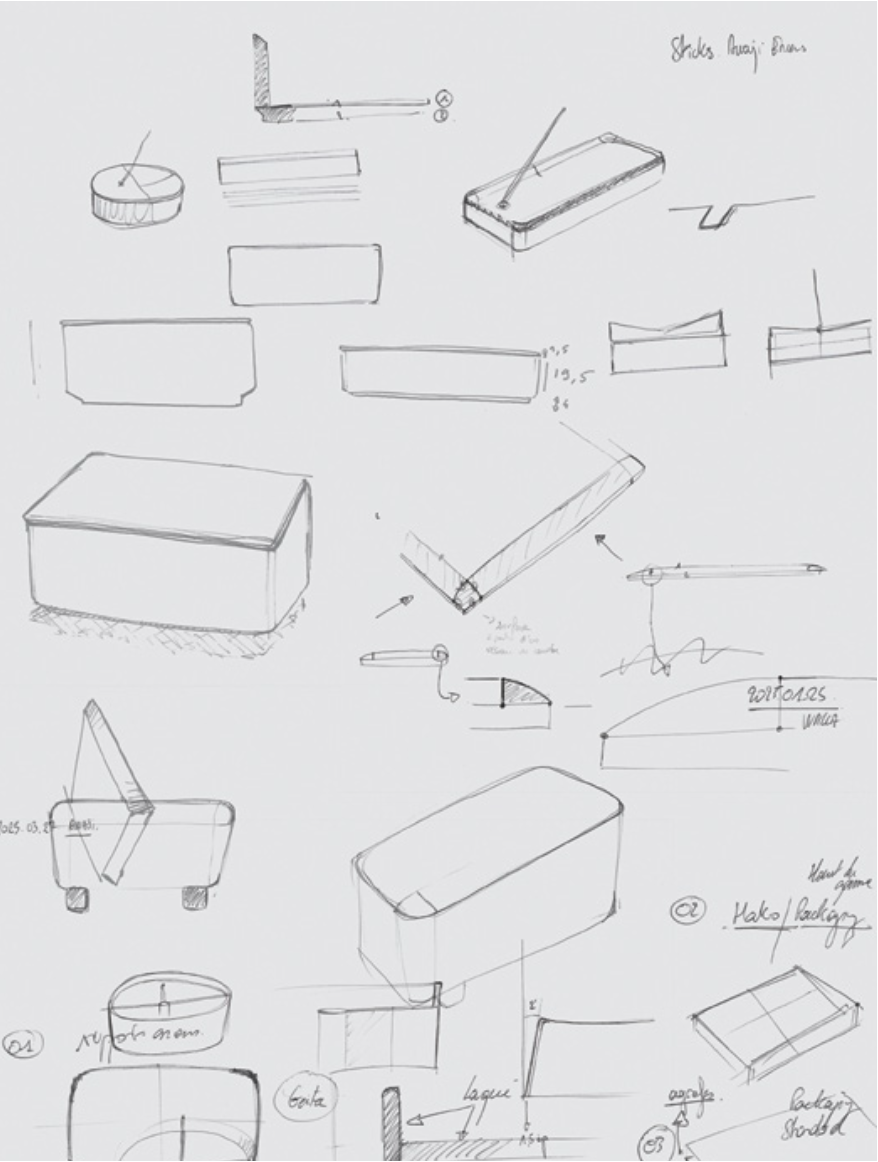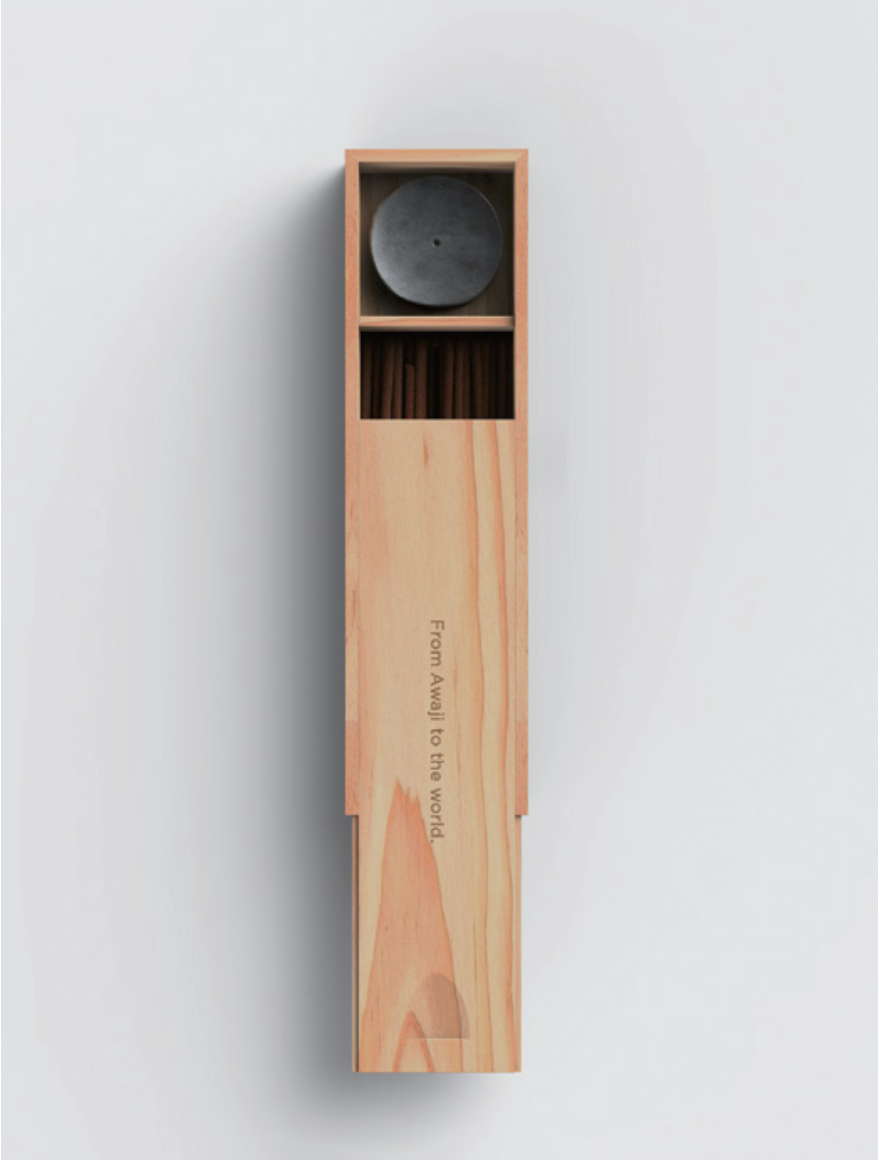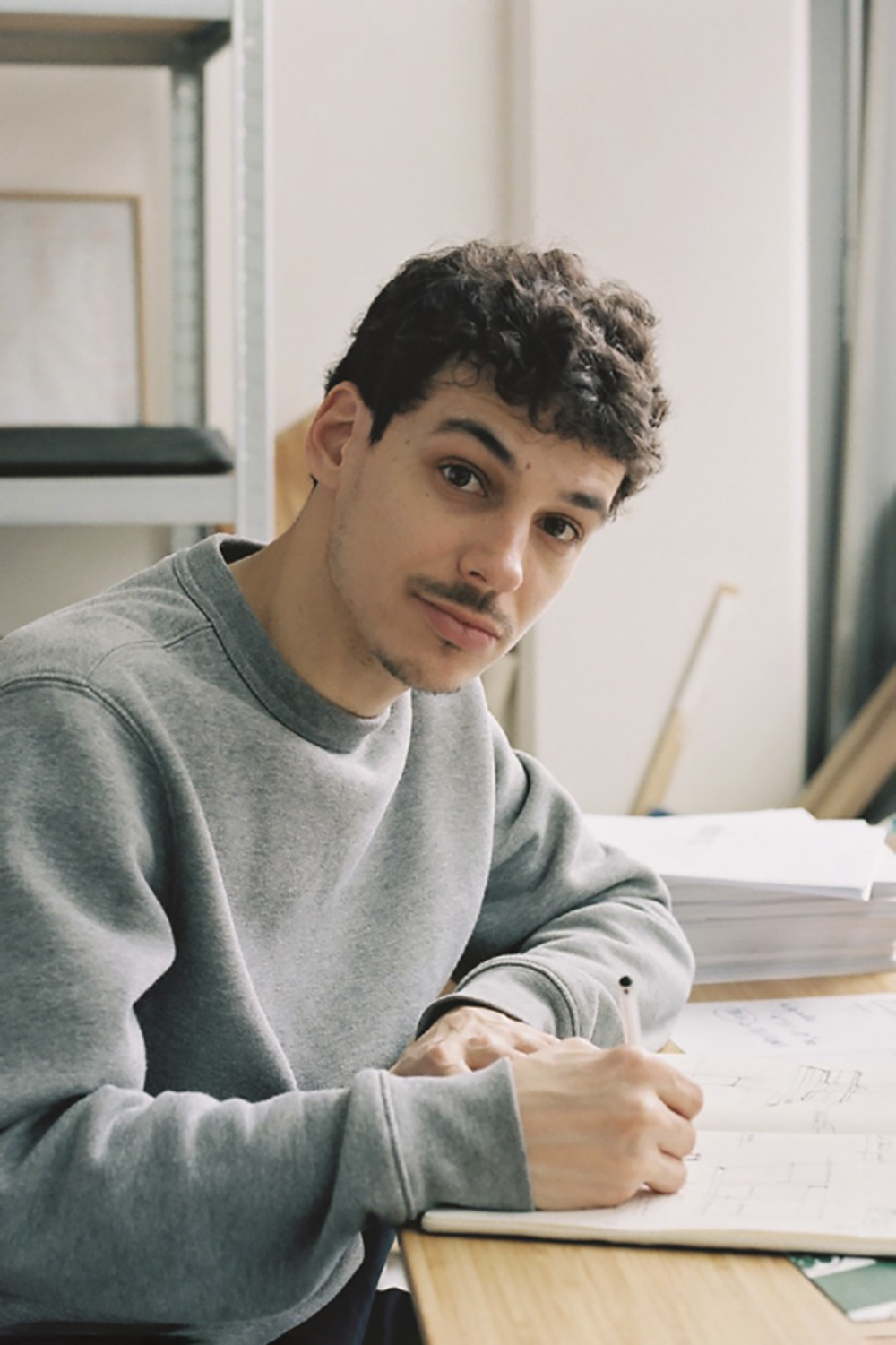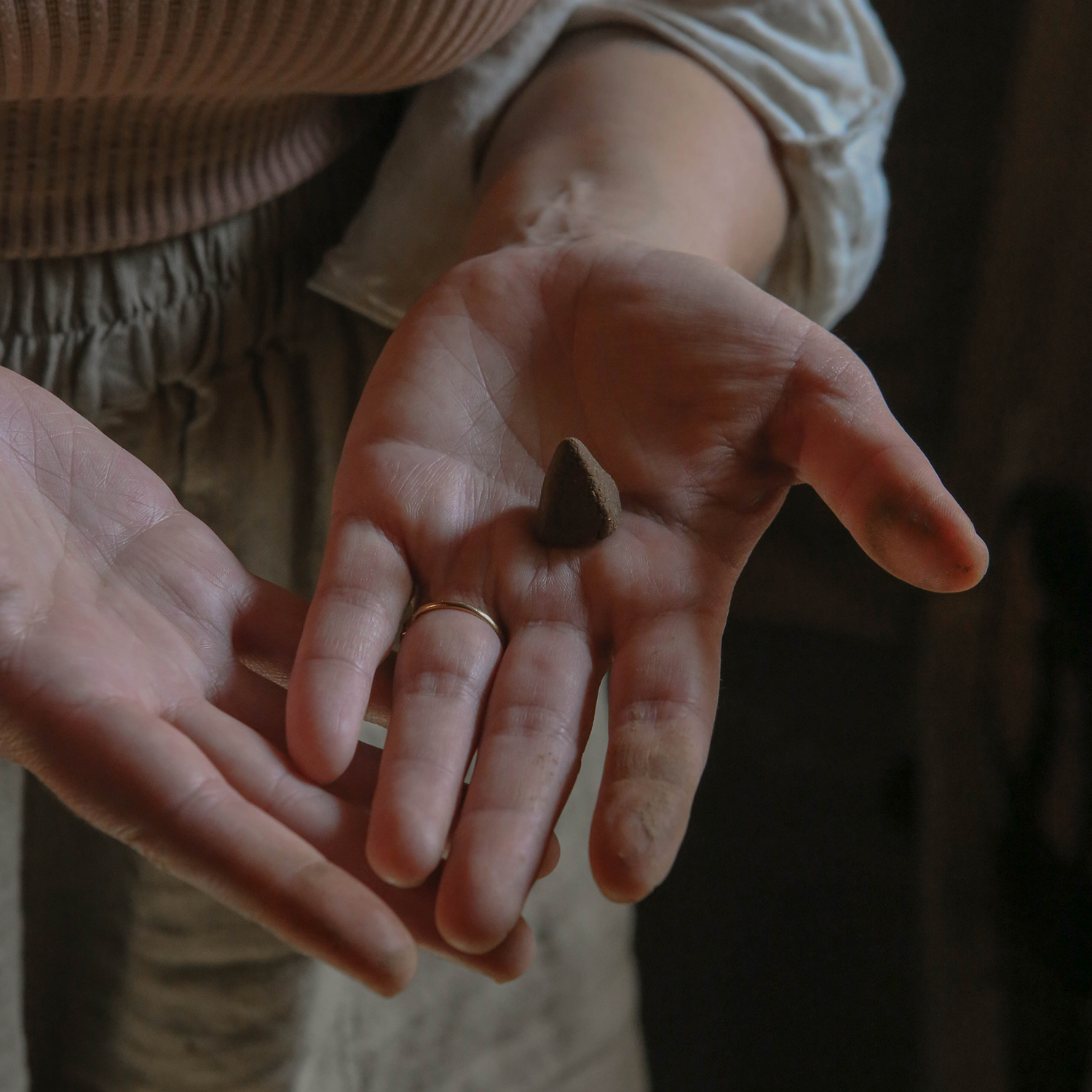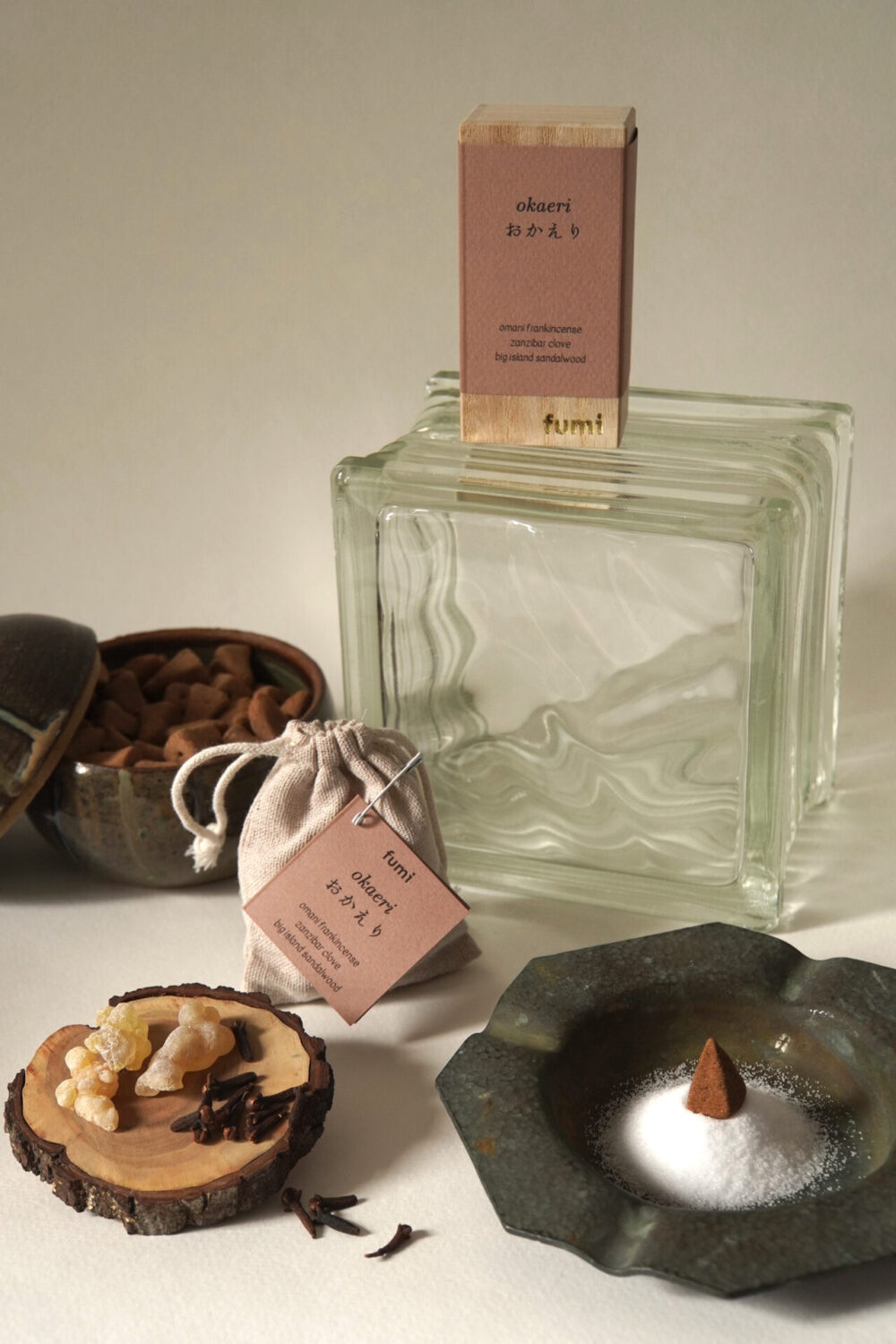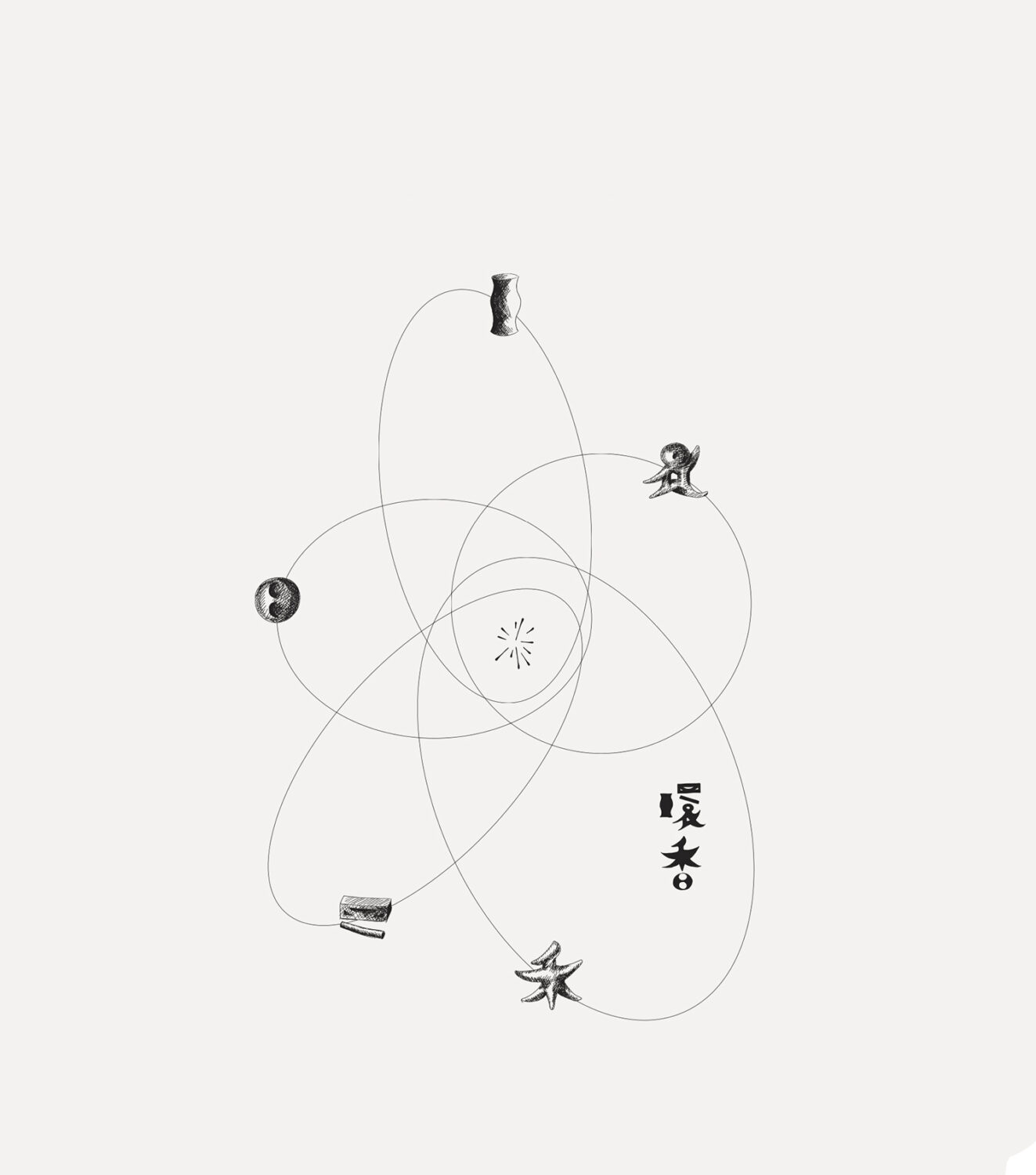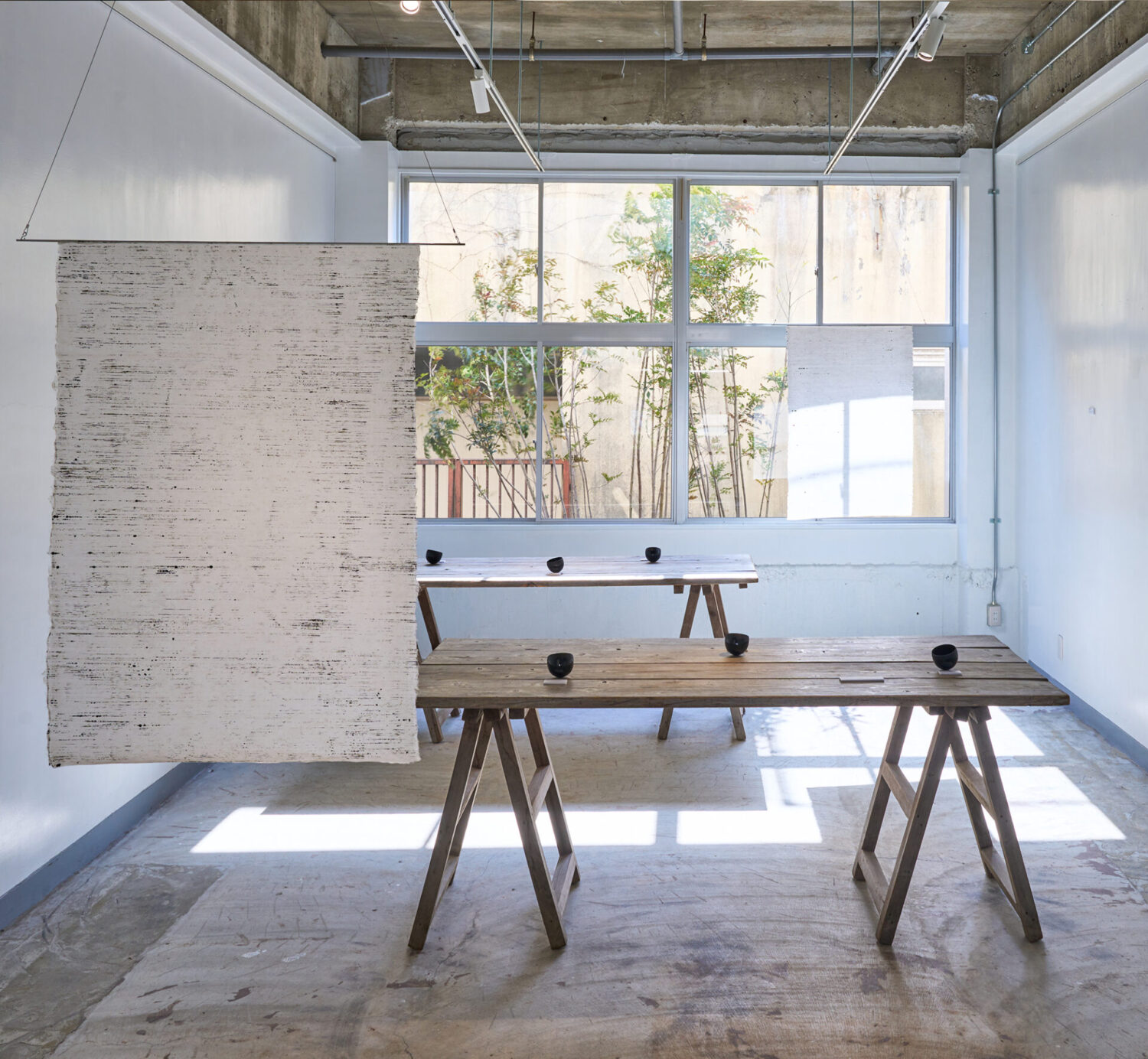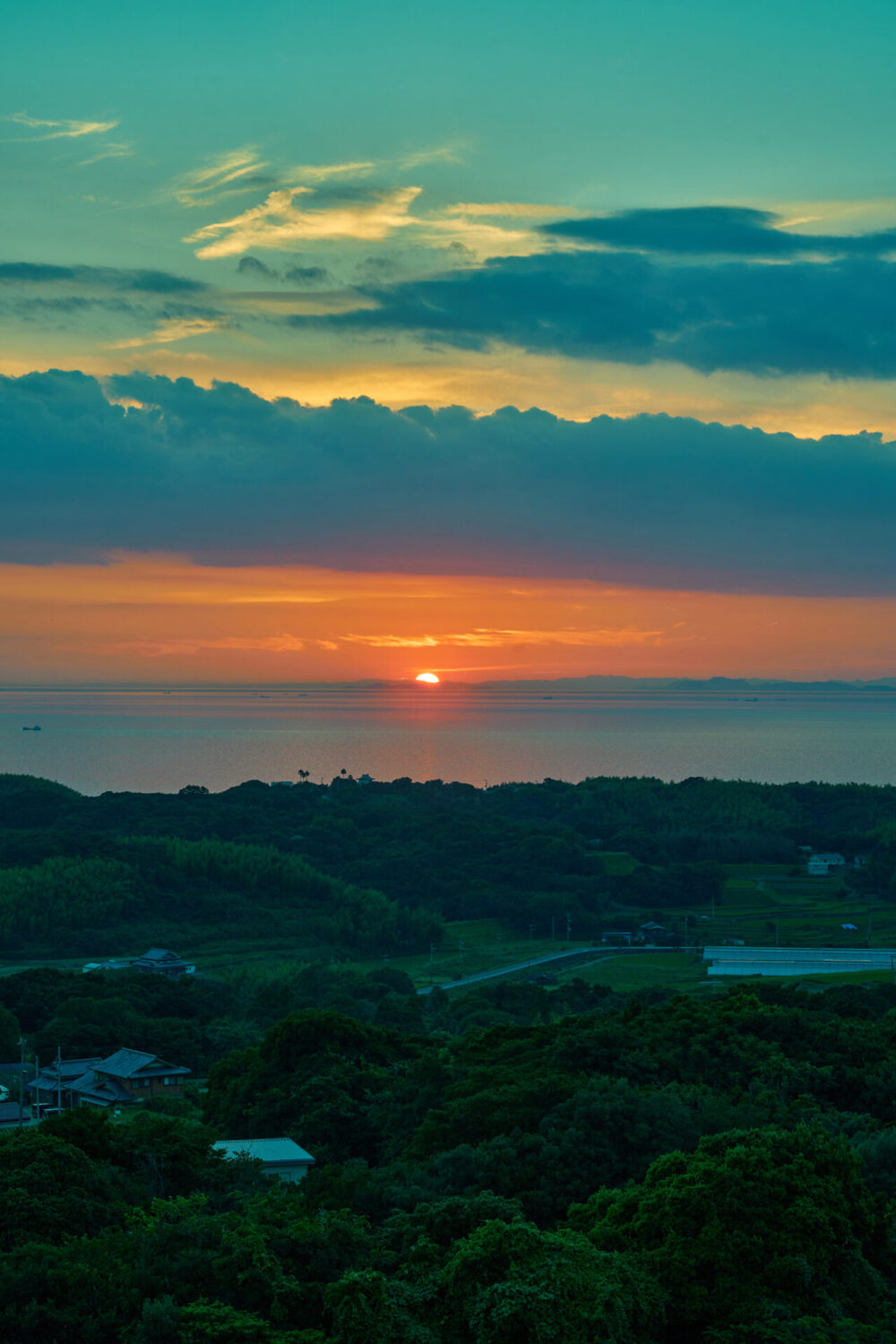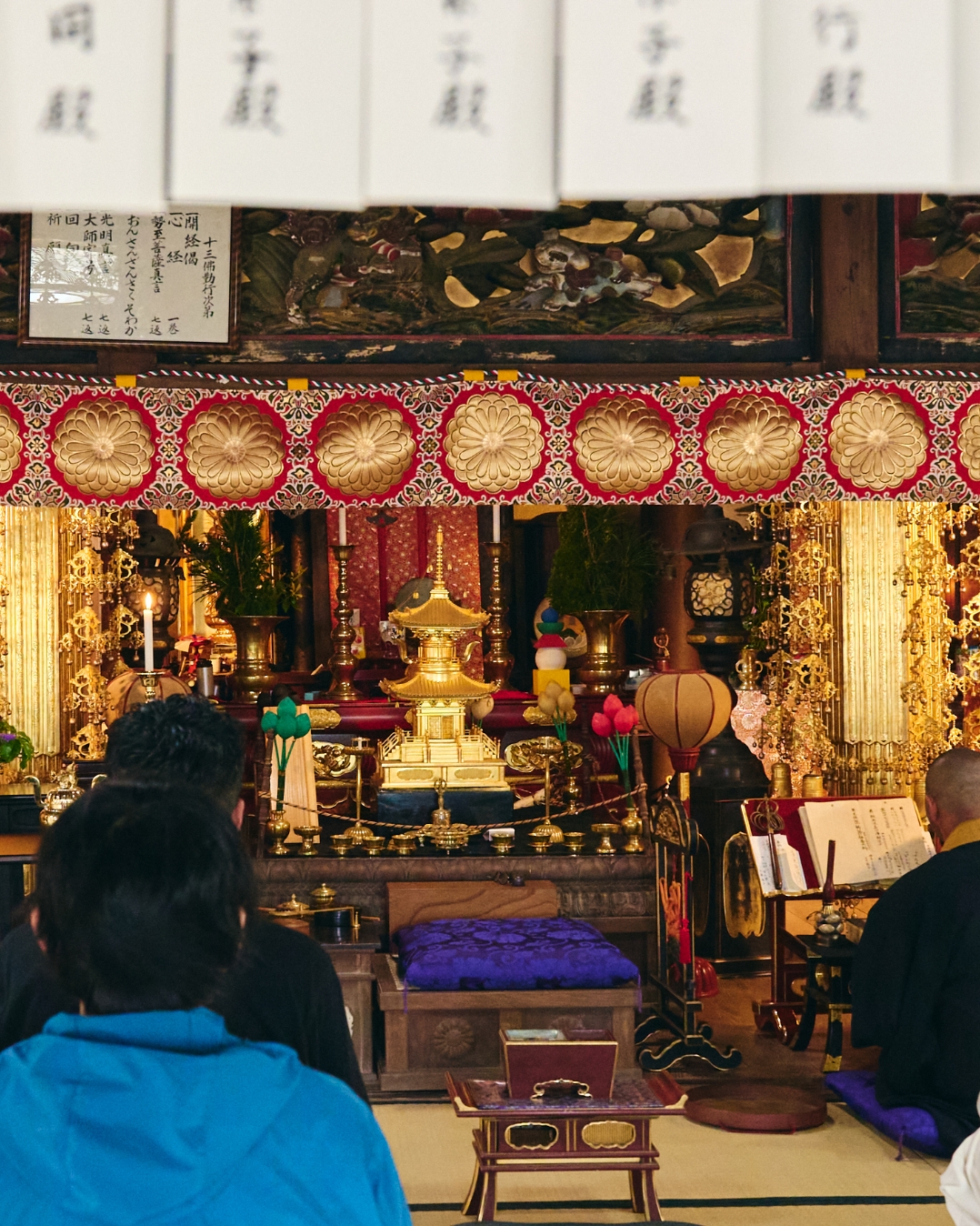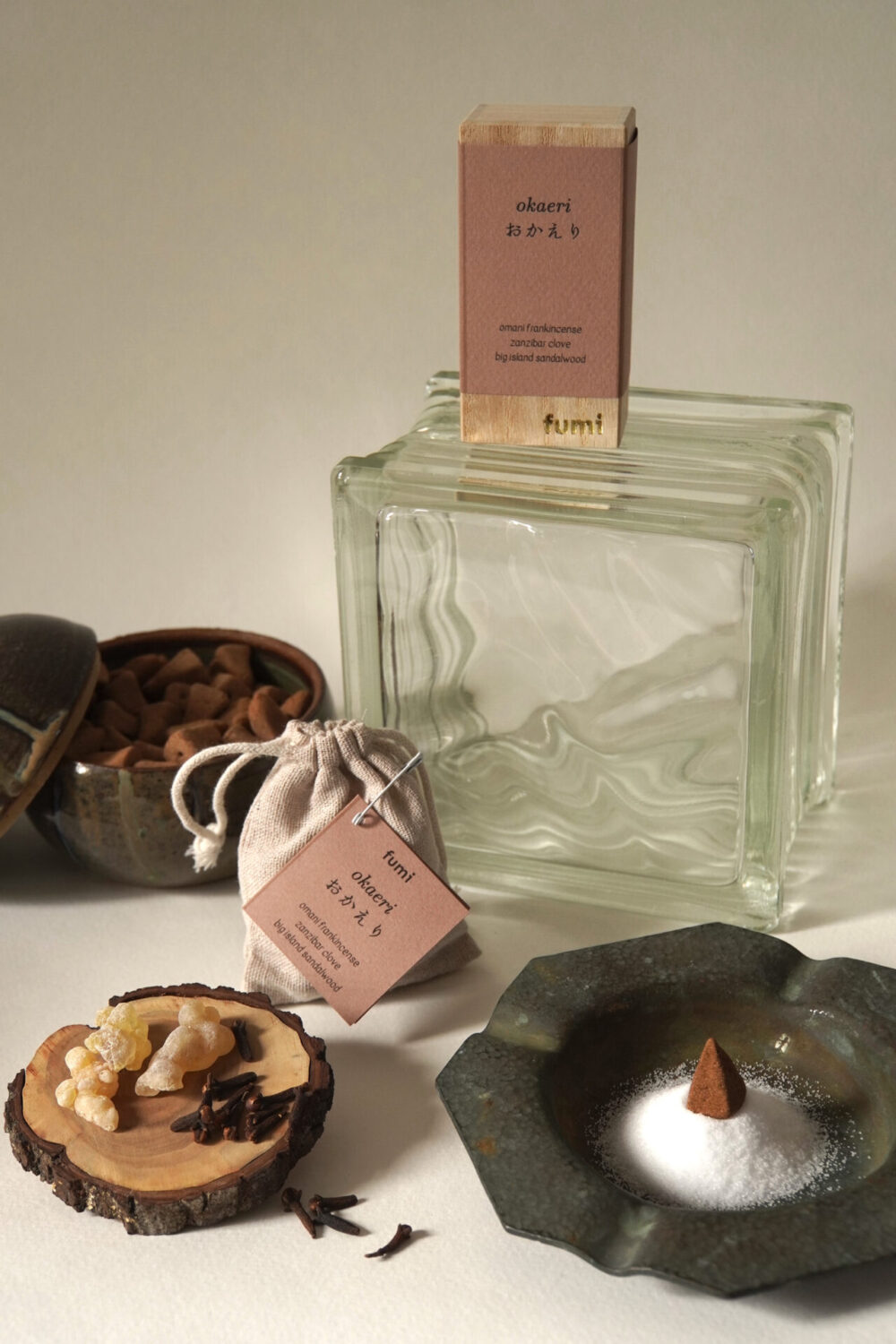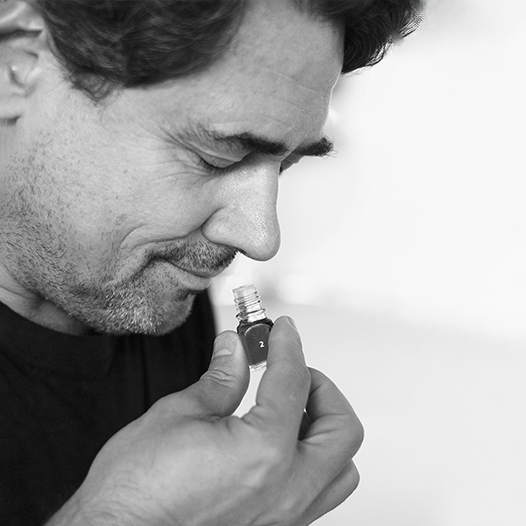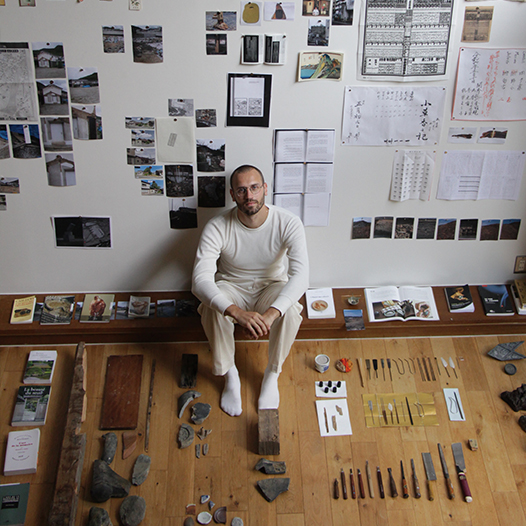- Workshop
- Aug 28 (Thu)|Incense Making as Cultural Exchange
- Workshop
- Aug 28 (Thu)|Incense Making as Cultural Exchange
- Workshop
- Aug 28 (Thu)|Incense Making as Cultural Exchange
- Workshop
- Aug 28 (Thu)|Incense Making as Cultural Exchange
- Workshop
- Aug 28 (Thu)|Incense Making as Cultural Exchange
- Workshop
- Aug 28 (Thu)|Incense Making as Cultural Exchange

- Workshop
- Aug 28 (Thu)|Incense Making as Cultural Exchange
- Workshop
- Aug 28 (Thu)|Incense Making as Cultural Exchange
- Workshop
- Aug 28 (Thu)|Incense Making as Cultural Exchange
- Workshop
- Aug 28 (Thu)|Incense Making as Cultural Exchange
- Workshop
- Aug 28 (Thu)|Incense Making as Cultural Exchange
- Workshop
- Aug 28 (Thu)|Incense Making as Cultural Exchange
CONCEPT
“wacca / Awaji Scent×Art Project” is a cyclical art project
based in Ebura, where creators from around the world gather.
Through interactions with local kōshi artisans,
they engage in artistic creations centered on the theme of "scent."
Just as fragrance spreads, each artist’s work and presented experiences
are absorbed and intertwined by viewers and subsequent artists,
creating a chain reaction that inspires the next project.
In celebration of 200 years of incense production on Awaji Island,
this project aims to share the legacy of Awaji's incense kōshi artisans
from Ebura to the rest of Japan and the world, nurturing the gentle flame of scent.
Discover the Culture of Scent
on Awaji Island
Awaji Island is the leading producer of incense in Japan.
Here, skilled kōshi (incense artisans) dedicate themselves daily to perfecting their craft,
overseeing the entire process from fragrance blending to incense production.
The island's history of incense production dates back to ancient times,
with records found in the Nihon Shoki (Chronicles of Japan) from the year 595.
The Kareki Shrine, which is believed to venerate this piece of wood as its sacred object,
still stands on Awaji Island. The wood is thought to have been agarwood.
As time passed, around 1850, incense-making techniques from Osaka's Sakai region
were introduced to Awaji Island. The island's natural environment proved ideal for incense production,
and incense-making became established as a side business for sailors, fishermen, and farmers in the region.
The area around Ebura (now part of Awaji City),
which had prospered as a trading port, became the heart of Awaji's incense production.

